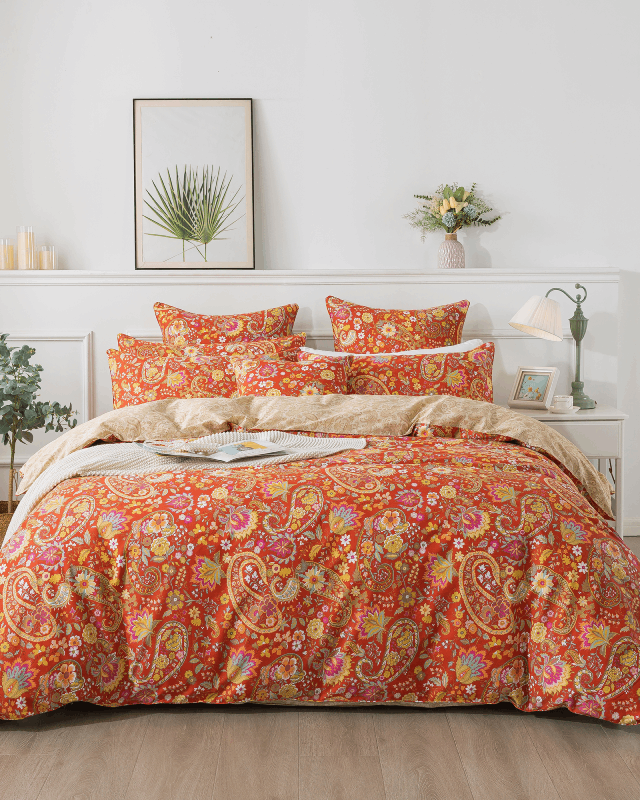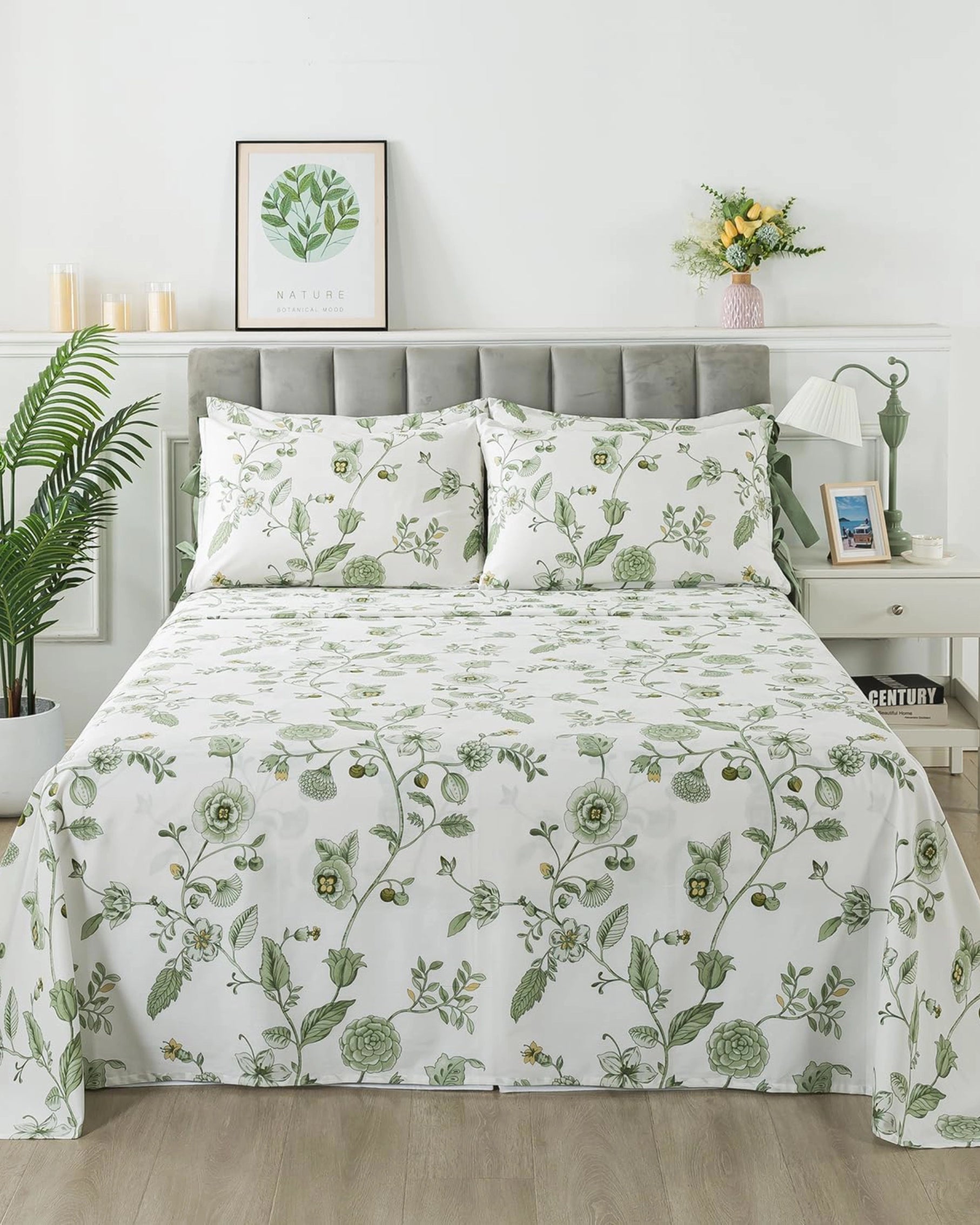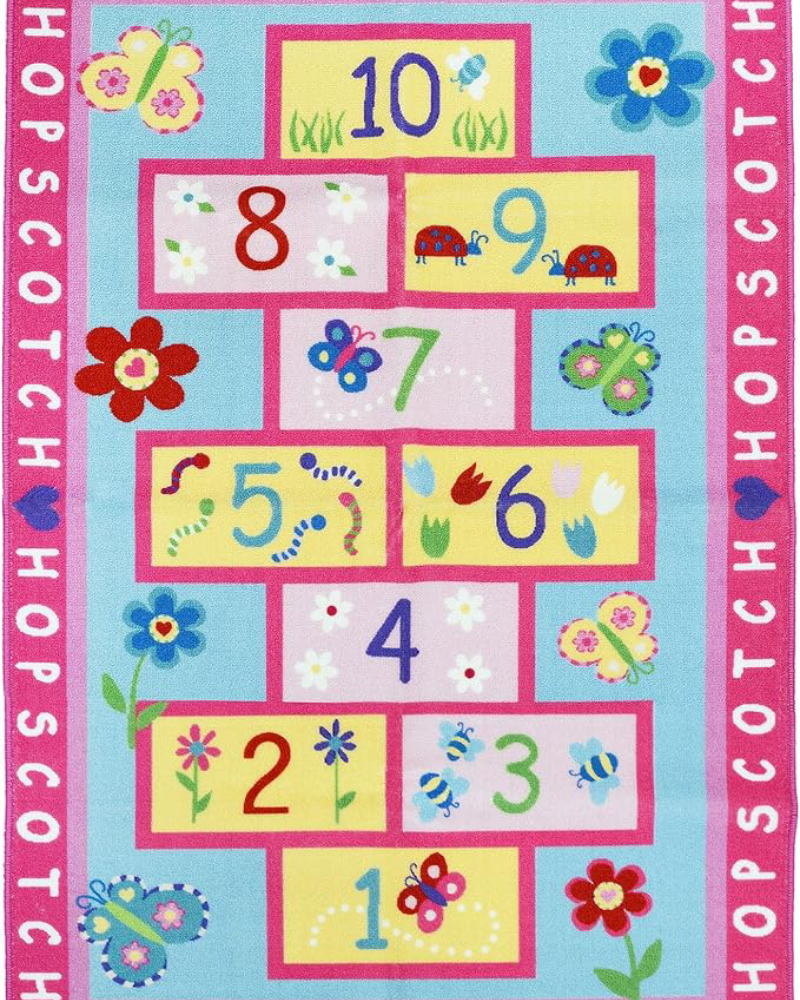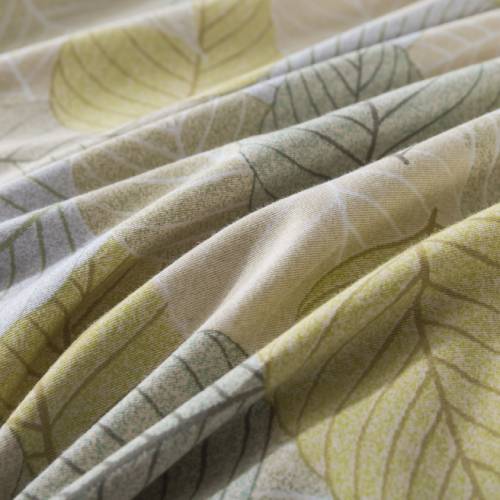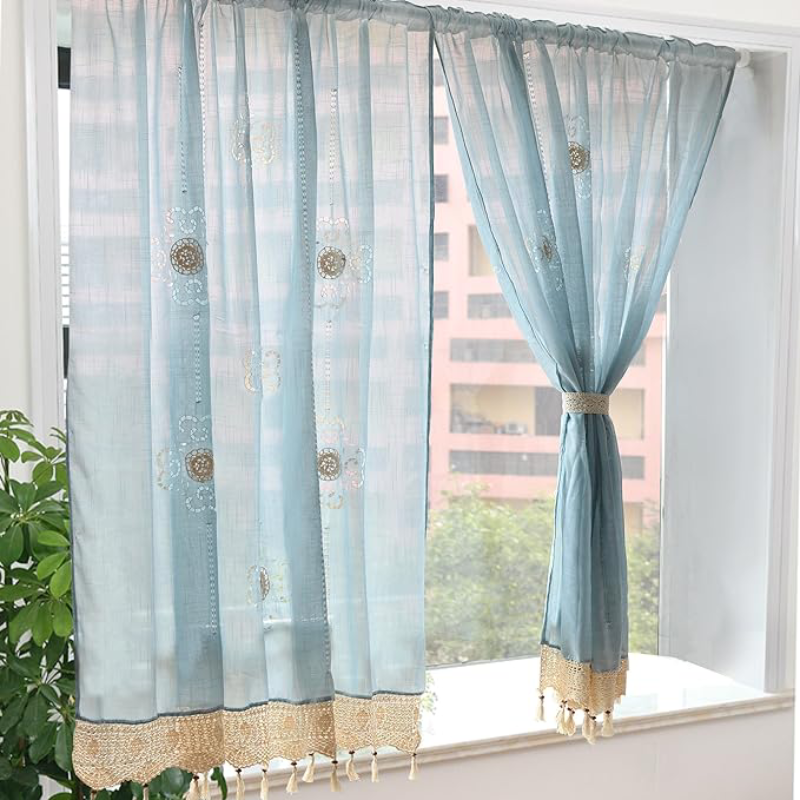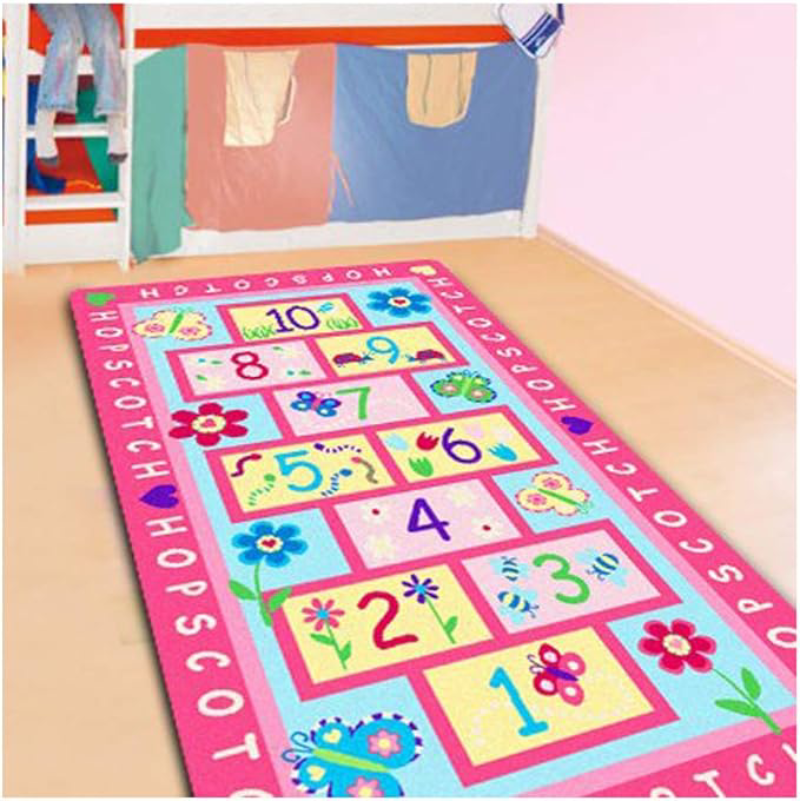When it comes to clothing and home textiles, the choice of fabric can significantly impact our health and comfort. For those with sensitive skin, allergies, or specific health conditions, understanding which fabrics are the healthiest is crucial. In this blog, we'll explore various fabric types, their properties, and how they affect skin health, helping you make informed choices for your wardrobe and home.
Understanding Skin Sensitivity
Before diving into specific fabrics, it’s important to understand what skin sensitivity is. Sensitive skin can react adversely to certain materials, resulting in irritation, redness, rashes, or other uncomfortable reactions. Factors contributing to skin sensitivity can include:
- Allergies: Some individuals may be allergic to certain fibers or chemical treatments used in fabric production.
- Skin Conditions: Conditions such as eczema, psoriasis, or dermatitis can be exacerbated by harsh fabrics.
- Environmental Factors: Changes in temperature, humidity, or exposure to pollutants can also affect skin sensitivity.
Why Fabric Choice Matters
Choosing the right fabric can enhance comfort, reduce irritation, and promote skin health. The right materials can help regulate body temperature, wick moisture away, and prevent friction against the skin. Let’s explore some of the healthiest fabric options for skin.
Natural Fabrics
1. Cotton
Cotton is one of the most popular and widely used fabrics worldwide. It is soft, breathable, and hypoallergenic, making it suitable for most skin types, including sensitive skin. Here are some benefits of cotton:
- Breathability: Cotton allows air to circulate, which helps keep the skin cool and dry.
- Moisture Absorption: It can absorb moisture, which is especially beneficial in warmer climates.
- Hypoallergenic: Natural cotton fibers are less likely to irritate the skin, reducing the risk of allergic reactions.
Opting for organic cotton can further enhance its benefits, as it is grown without harmful pesticides or chemicals, making it safer for both the skin and the environment.
2. Linen
Linen, made from the flax plant, is another excellent choice for skin health. Known for its durability and breathability, linen offers unique properties:
- Moisture-Wicking: Linen effectively wicks moisture away from the body, helping to keep the skin dry and comfortable.
- Temperature Regulation: It keeps you cool in the summer and warm in the winter, making it suitable for year-round use.
- Antimicrobial Properties: Linen has natural antimicrobial properties, which can help prevent the growth of bacteria and fungi.
While linen can be slightly rougher than cotton, it softens with each wash, making it more comfortable over time.
3. Bamboo
Bamboo fabric is gaining popularity for its sustainable qualities and skin-friendly benefits. Made from the pulp of bamboo grass, it offers several advantages:
- Softness: Bamboo fabric is incredibly soft, often compared to silk or cashmere.
- Hypoallergenic: It is naturally hypoallergenic, making it suitable for those with sensitive skin or allergies.
- Moisture Management: Bamboo wicks moisture away from the skin, keeping you dry and comfortable.
Additionally, bamboo is a renewable resource, making it an eco-friendly choice.
4. Hemp
Hemp is another natural fabric that is often overlooked but offers significant benefits for skin health:
- Breathability: Hemp fibers allow for good air circulation, which can help prevent skin irritation caused by trapped moisture.
- Durability: Hemp is one of the strongest natural fibers, ensuring longevity in clothing and textiles.
- Antimicrobial Properties: Like linen, hemp has natural antimicrobial properties that can protect against bacteria and fungi.
Hemp can be blended with other fabrics to enhance softness and comfort, making it a versatile choice.
Synthetic Fabrics
While natural fabrics are often preferred for their skin-friendly properties, some synthetic fabrics can also be healthy for the skin, particularly when used in activewear.
5. Modal
Modal is a type of rayon made from beech tree pulp. It’s known for its luxurious softness and moisture-wicking properties:
- Softness: Modal is incredibly soft and smooth against the skin, making it ideal for underwear and loungewear.
- Breathability: The fabric is breathable and allows for good air circulation.
- Moisture-Wicking: Modal effectively wicks moisture away from the skin, keeping you dry and comfortable.
It is important to note that while modal is generally safe for the skin, choosing high-quality brands can help ensure it is free from harmful chemicals.
6. Tencel (Lyocell)
Tencel, also known as lyocell, is an eco-friendly fabric made from sustainably sourced wood pulp. It has gained a reputation for its skin-friendly properties:
- Soft and Smooth: Tencel is exceptionally soft and has a smooth surface, making it gentle on the skin.
- Moisture Management: It wicks moisture effectively, helping to keep the skin dry.
- Breathable: Tencel allows for breathability, which is essential for preventing irritation.
Tencel is often used in a variety of clothing items, from casual wear to activewear, due to its comfort and durability.
Fabrics to Avoid
While many fabrics are beneficial for skin health, some materials can cause irritation or allergic reactions:
1. Polyester
Polyester is a common synthetic fabric that is often used in clothing and textiles. However, it can trap heat and moisture against the skin, leading to discomfort and irritation. People with sensitive skin may experience rashes or breakouts when wearing polyester.
2. Nylon
Nylon is another synthetic fabric that can be problematic for some individuals. While it is durable and water-resistant, it is not breathable and can cause overheating and moisture retention. Those with sensitive skin should approach nylon with caution.
3. Wool
Wool is often praised for its insulation properties, but it can be itchy and irritating for those with sensitive skin. While merino wool is softer and more tolerable, individuals prone to skin irritation may prefer to avoid wool altogether.
Tips for Choosing Skin-Friendly Fabrics
- Check for Labels: Look for clothing and textiles labeled as hypoallergenic or made from organic materials.
- Avoid Chemicals: Choose fabrics that are free from harsh dyes, pesticides, and chemical treatments.
- Consider Weave and Texture: Fabrics with smoother weaves are often more comfortable against the skin.
- Opt for Breathability: Select materials that allow for good air circulation to prevent moisture buildup.
- Test for Sensitivity: If you have sensitive skin, consider testing a small fabric swatch against your skin before making a purchase.
Conclusion
Choosing the right fabric for your clothing and home textiles is essential for maintaining healthy skin. Natural fabrics like cotton, linen, bamboo, and hemp are often the best choices due to their breathability, softness, and hypoallergenic properties. While some synthetic fabrics like modal and Tencel can also be skin-friendly, it’s essential to avoid materials like polyester and nylon that can cause irritation. By understanding the properties of different fabrics and prioritizing skin health, you can create a comfortable and inviting environment that supports your well-being.

